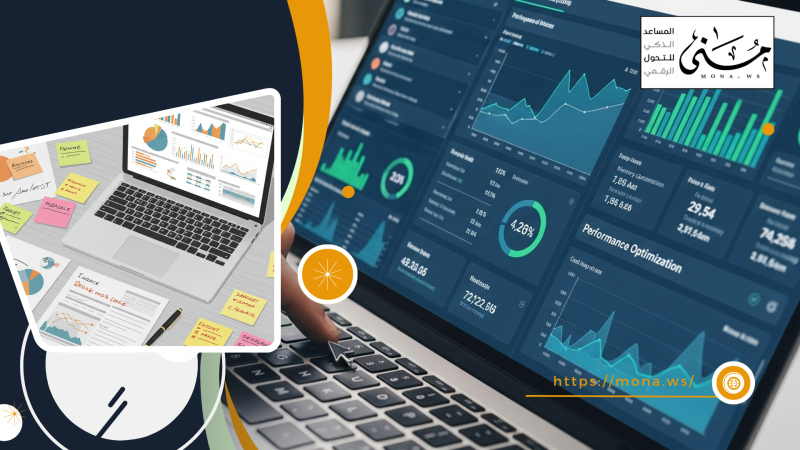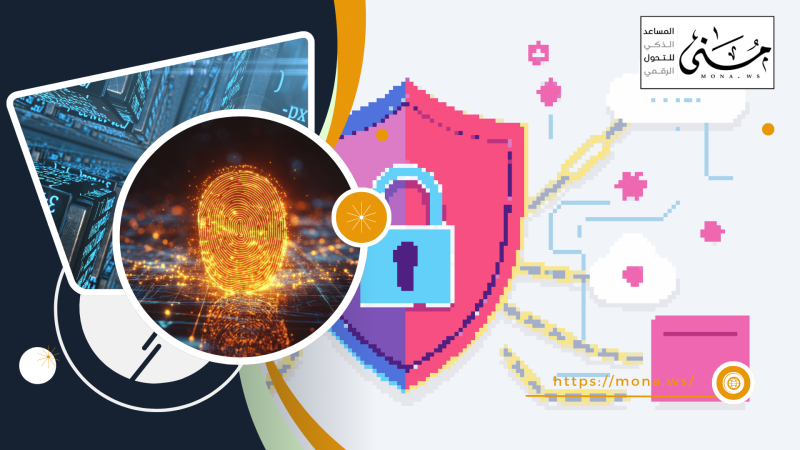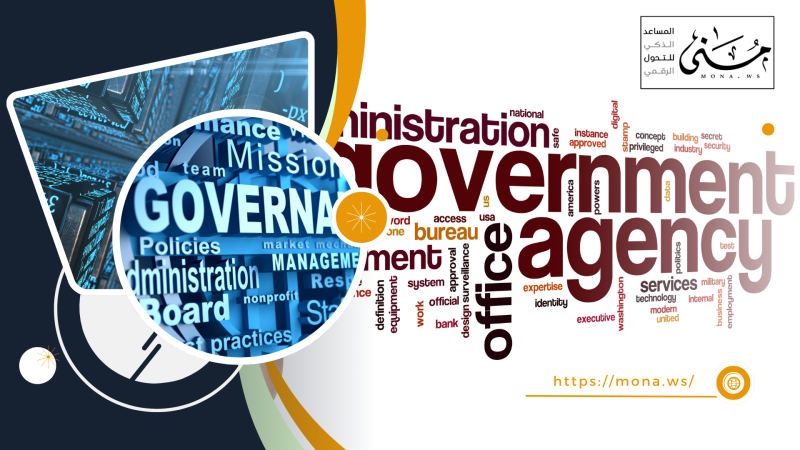You can continue reading the article to learn more information.
What is remote work and its importance?
Remote work is defined as a work system that allows employees to perform their tasks outside the confines of traditional offices, whether from their homes or other locations. Although this system is not entirely new, recent technological developments have made it a more realistic and effective option for companies.
Remote work offers a variety of benefits that contribute to enhancing organizational performance, the most prominent of which are:
Increase flexibilityIt gives employees more freedom to choose the work environment that suits them, which enhances their comfort.
Improve work-life balanceThe time saved from commuting allows for more time to spend with family or engage in personal activities.
Boost productivityStudies show that working in a comfortable and flexible environment enhances employee focus and leads to better performance.
Reduce operating costs: Reduces the need for office space and associated expenses.
Despite these advantages, achieving them depends on proper management and providing the appropriate tools and environment.
Technology as an enabler of remote work
It is impossible to talk about remote work without highlighting the pivotal role that technology plays in enabling and sustaining this model. Digital tools and technical infrastructure have become the cornerstone that employees and companies rely on to communicate, collaborate, and efficiently manage daily operations. From project management systems to virtual meeting solutions, technology helps reduce the geographical gap between work teams and provides a virtual environment that contributes to achieving common goals.
One of the most prominent technologies that have positively impacted remote work is smart document management systems, such as DocSuite, which provides companies with the ability to organize their files and automate their administrative procedures in an easy and secure manner. These systems allow employees to access data easily and from anywhere, reducing their dependence on the physical location of work. In addition, the use of artificial intelligence technologies helps in analyzing data and improving team performance, by providing smart recommendations to improve operations and make decisions based on accurate insights.
On the other hand, instant communication applications and cloud platforms have helped enhance collaboration between remote teams, as virtual meetings and instant chat have become essential tools for exchanging ideas and monitoring progress. With the increasing reliance on these solutions, it has become necessary for companies to invest in enhancing their cybersecurity to protect their sensitive data, especially in light of the increasing digital threats.
Thanks to these innovations, remote work is no longer just an optional extra for companies, but has become a sustainable strategy that enhances productivity and ensures business continuity in all circumstances, making it an integral part of the future of modern work environments.
Remote work and productivity
Initially, there was concern about the impact of remote work on productivity due to the potential for distraction in non-office environments, however, studies have shown that remote employees are not only able to maintain productivity levels, but can achieve a significant increase in performance.
There are several factors to enhance productivity, which are:
IndependenceRemote work gives employees more control over their schedules, helping them work most efficiently at their peak times.
Work life balance: Reduces commuting time and fatigue, leaving more energy for work.
Flexibility in task management: Remote work allows you to allocate the time needed for each task without the distractions of a traditional office environment.
Studies have shown that remote workers work an average of 48 minutes longer than their office-based colleagues, and about 40% of remote workers report a significant increase in productivity compared to working in the office.
How can companies make the most of remote work?
To fully benefit from the remote work system, the challenges associated with it must be addressed and effective strategies must be developed to improve performance, which are:
Promote team engagement
Effective communicationIt is essential for managers to build bridges of communication between employees. This can be achieved through regular virtual meetings and the use of communication tools such as:Microsoft Teams or Zoom.
Goal alignmentManagers should emphasize the company's goals and how each employee contributes to achieving them to ensure team cohesion.
Effective time management
Assign tasksProject management tools such as:Trello and Asana for dividing work and tracking progress, enhancing time management and work efficiency.
Work flexibilityIt is important to allow employees to set their own work schedules as long as the desired outputs are being achieved.
Providing constructive feedback
continuous feedbackRegular feedback should be provided to employees, whether positive or for improving performance.
Surveys and Suggestions: Involve employees in improving the remote work environment through periodic surveys to collect their opinions.
Supporting employees creatively
MotivationPrograms such as virtual recognition programs can be used to honor outstanding performance.
Celebrating personal and professional achievementsOrganizing virtual celebrations for holidays or employee achievements enhances team spirit.
Enhance data security
Cloud computingSolutions such as:Google Workspace and Microsoft 365 are a secure environment for storing and sharing data.
Cyber Security TrainingEducate employees on security practices such as using secure networks and strong passwords.
Investing in communication tools
Formal and informal communication channels:Use tools like:Slack for quick communication, along with email apps for official needs.
Strengthening social relations: Create informal communication groups to support employee bonding.
Technical solutions to support remote work
To ensure the success of the remote work system, companies need to adopt customized technology solutions, which are:
Project management systems:
Project management systems are one of the most important technical tools that companies need to ensure effective coordination between remote teams. Tools like Trello and Monday.com offer interactive platforms that make it easy to plan and track projects:
Trello: It is based on the concept of “boards” and “cards”, where each team can create a board that includes different project tasks, and they are organized into columns based on status (eg: in progress, completed), this simplification helps in clearly distributing roles among the team and following the project progress step by step.
Monday.comFlexible and customizable, you can set up boards to reflect the entire project lifecycle, including deadlines, allocated resources, and pending tasks, and it provides graphical analytics that show overall performance and workflow.
These systems help promote transparency among team members, reduce the need for frequent meetings, and ensure that each member is committed to their tasks, making remote work more organized.
Cloud Solutions:
Cloud solutions like Google Drive and Dropbox are the cornerstone of any remote working system. These platforms provide secure and efficient ways to store, share, and access files from anywhere in the world. They are:
Google DriveIt offers an integrated suite of tools, including Google Docs, Sheets, and Presentations. These tools facilitate instant collaborative work, as team members can edit the same document in real time, with changes automatically recorded.
Dropbox: Focuses on easy file storage and sharing. You can create secure sharing links, allowing team members to upload and review files without having to send them via email.
Additionally, these cloud tools promote environmental sustainability by reducing reliance on paper printing, which is in line with modern green business trends.
Team Management Platforms:
Managing remote teams requires specialized systems like RemotePass, which makes it easier to hire employees, manage payroll, and comply with local laws, including:
RemotePass
- Allows companies to handle globally distributed teams. Provides customized solutions to handle administrative tasks such as contracts, taxes, and legal compliance.
- Supports creating a complete file for each remote employee, making it easy to monitor their performance and reward them based on achievements.
- Provides integration with various payment systems to facilitate smooth and secure payroll.
Using such platforms helps companies cut through the logistical complexities associated with managing global teams, enhancing employee experience and ensuring operational efficiency.
By using these technology solutions, companies achieve a higher level of flexibility and productivity. These tools combine careful planning, secure storage, and effective team management, making remote work not only feasible, but also a sustainable model that achieves long-term success.
Remote work is not just a passing trend, it is a radical shift in the nature of global work environments. If implemented and managed well, companies can benefit from the tremendous benefits it offers, including increased productivity and employee satisfaction.
However, managers must be prepared to meet the challenges with innovative strategies and appropriate technology tools, by leveraging solutions such as:With RemotePass and project management tools, businesses can achieve amazing results and prepare for the changing future of work.
 العمل عن بُعد ليس مجرد اتجاه عابر، بل هو تحول جذري
العمل عن بُعد ليس مجرد اتجاه عابر، بل هو تحول جذري










Comments
Add New Comment